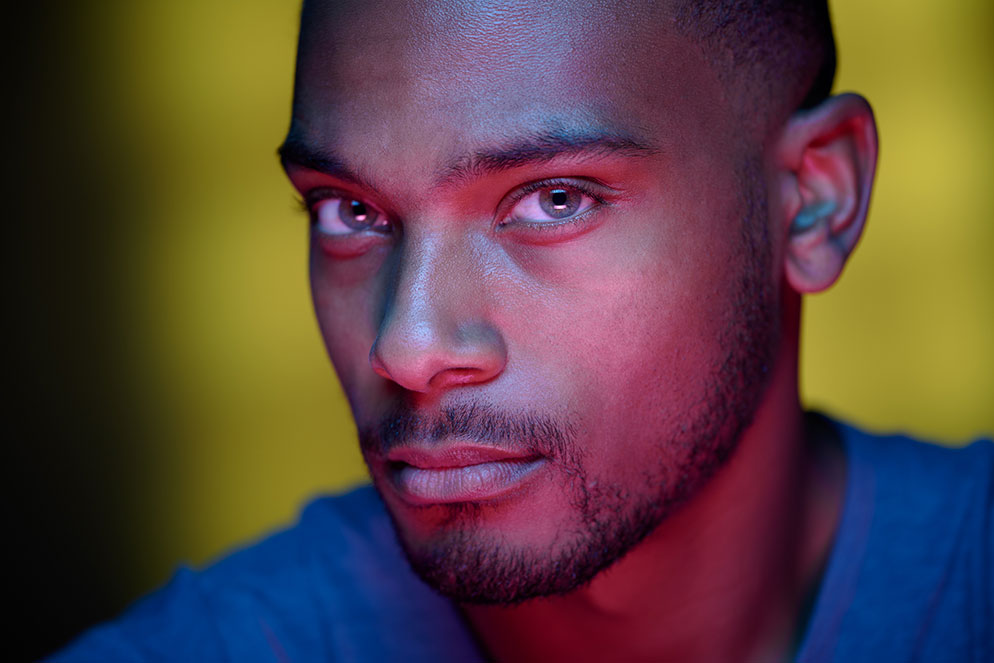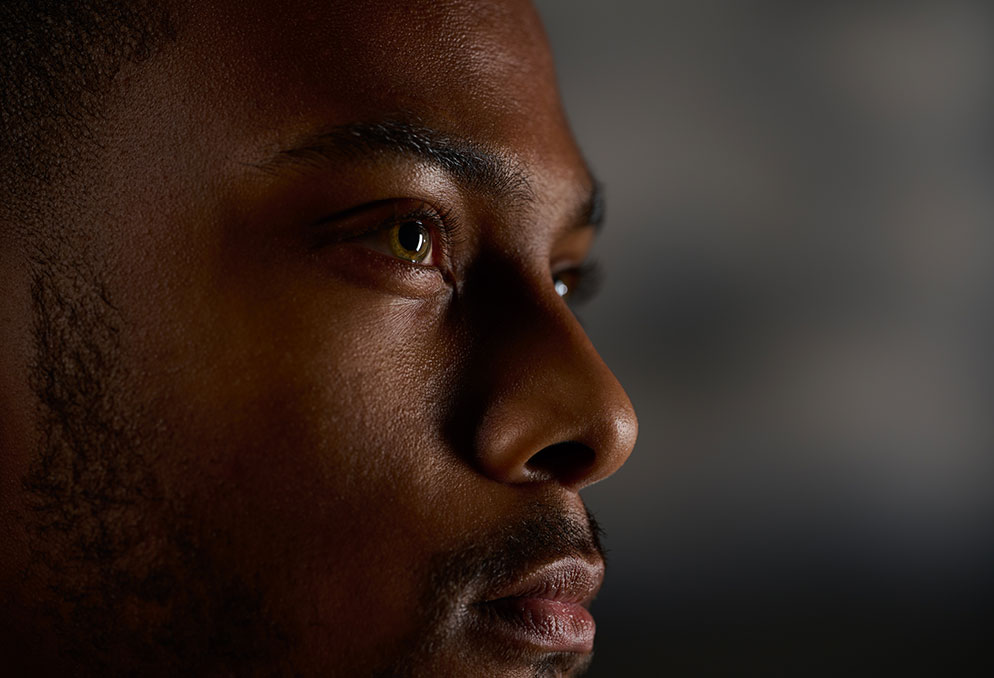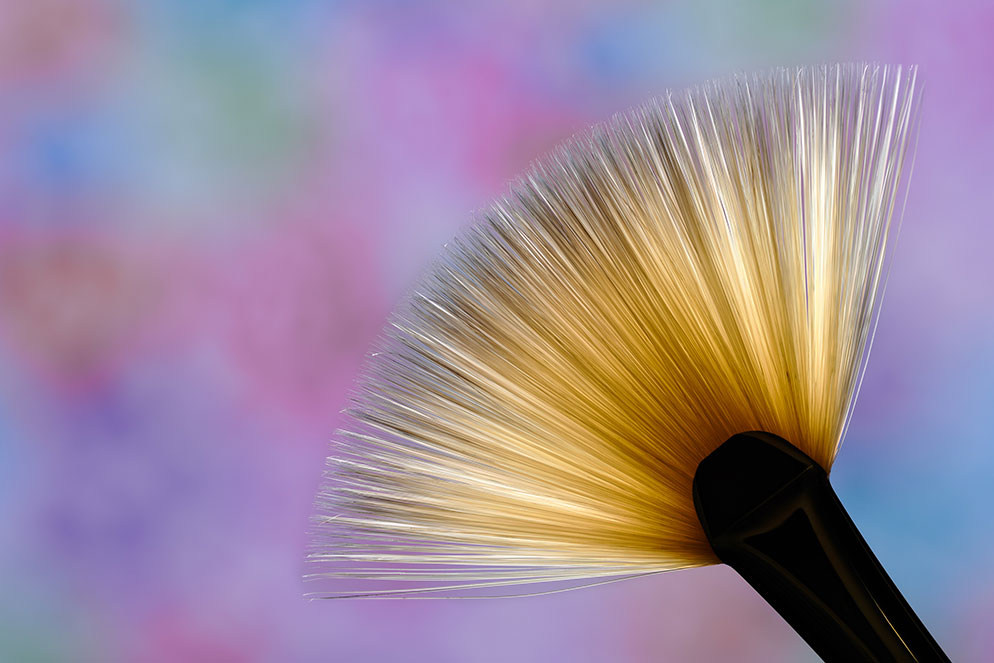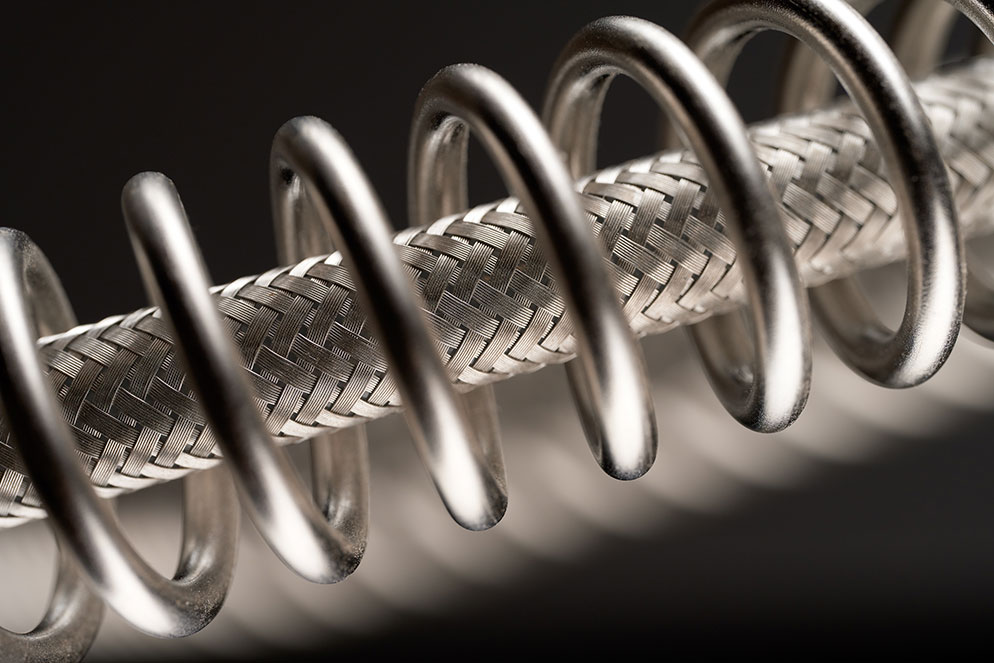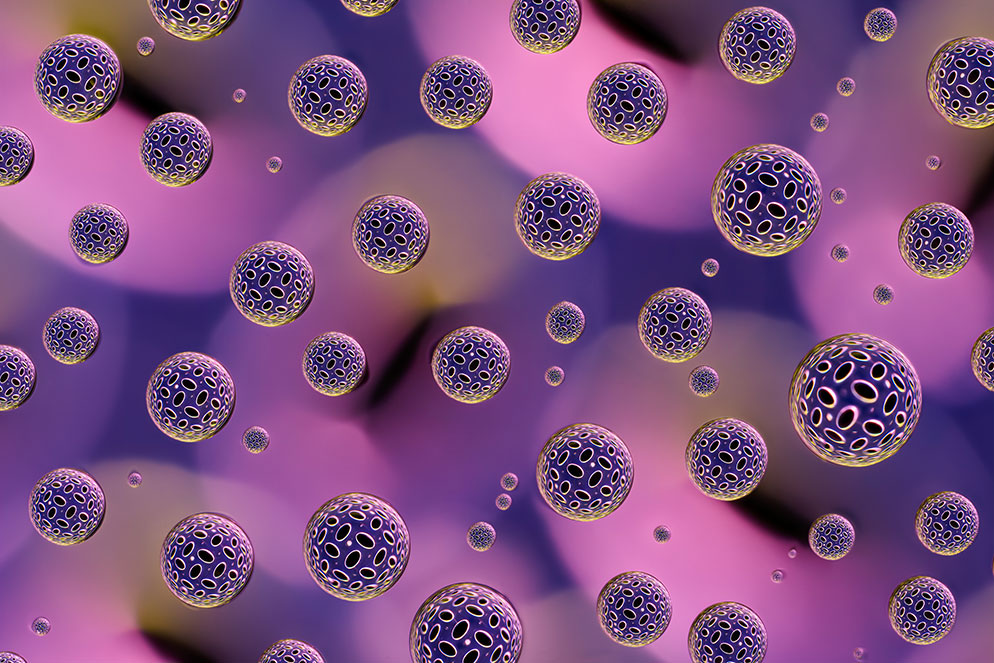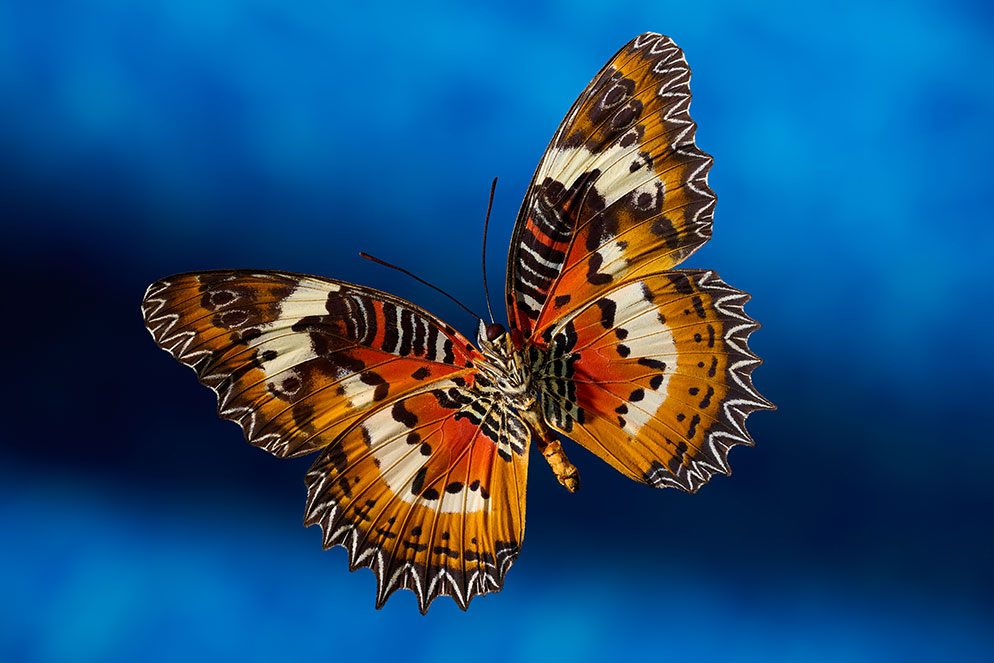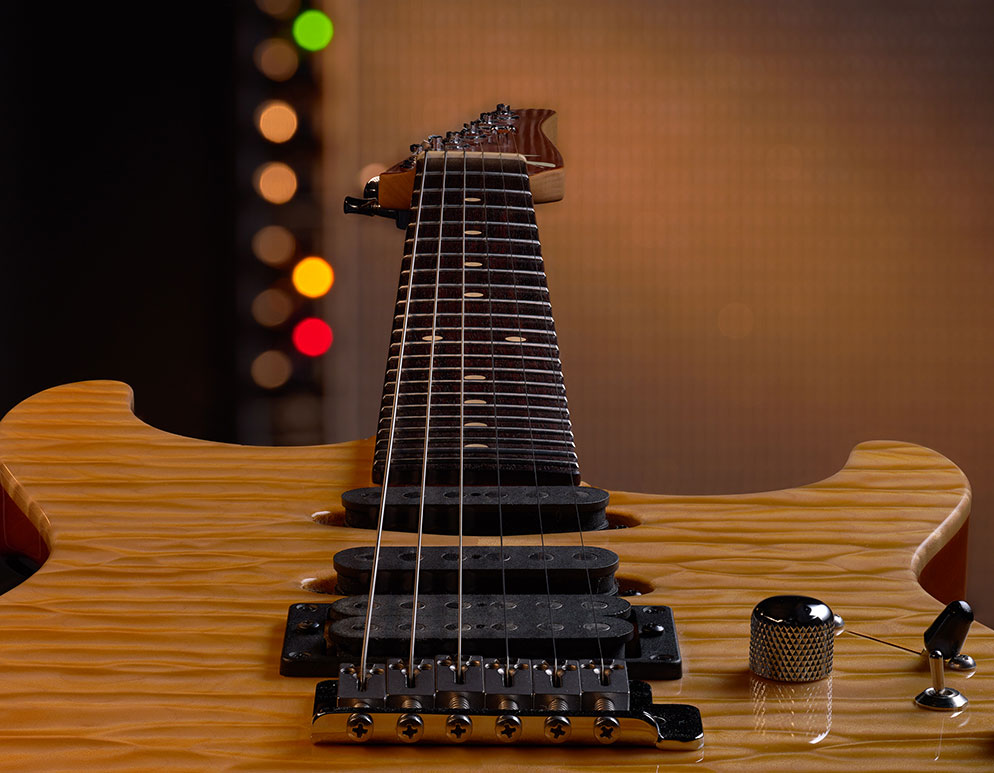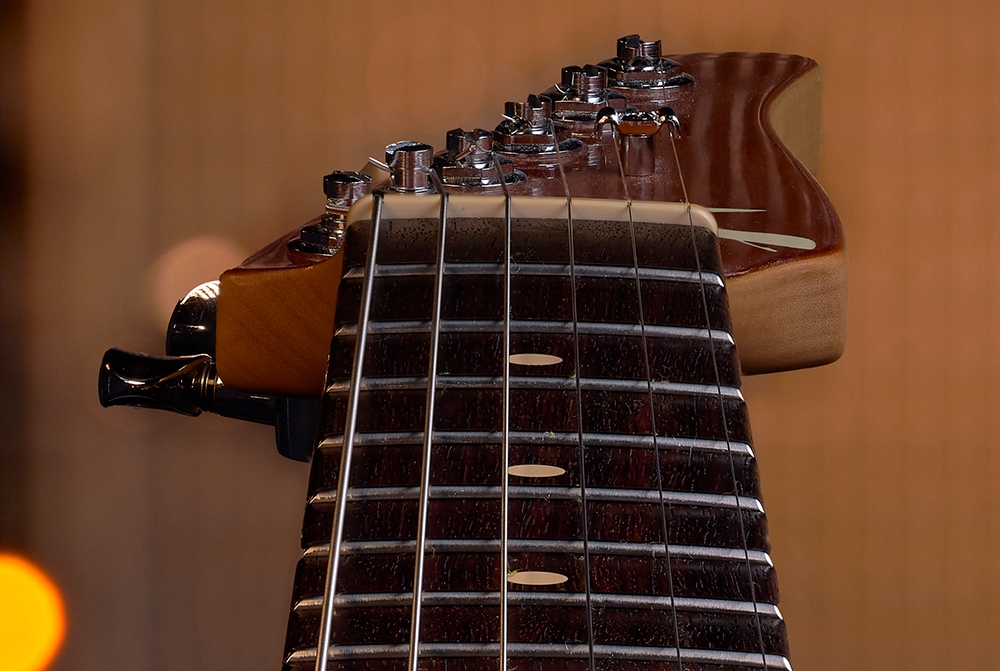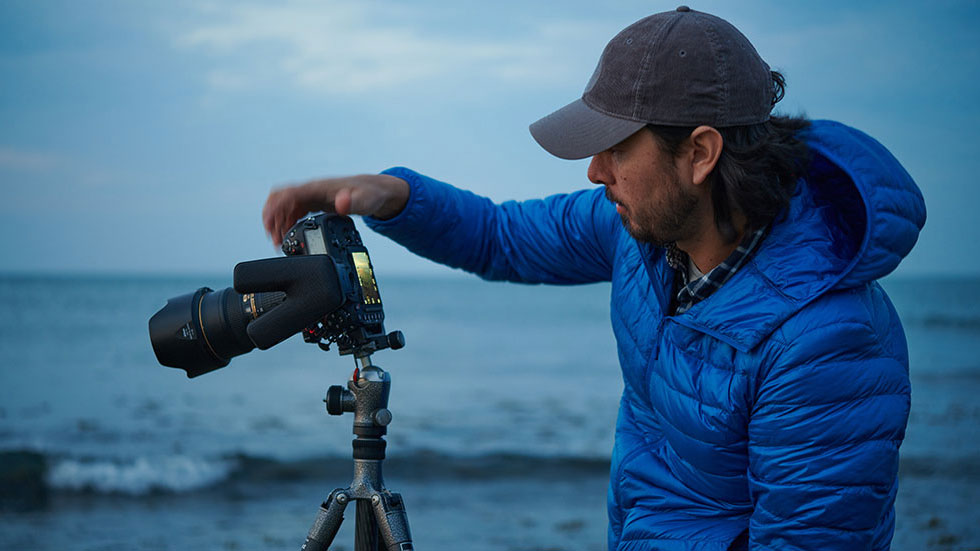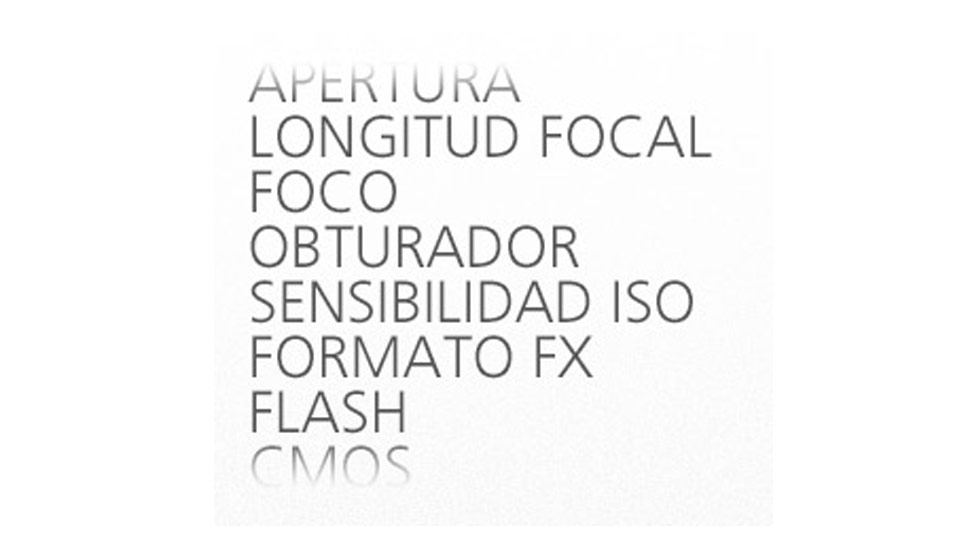Tack Sharp? Razor Sharp? Forget That. The New Standard is 105mm Z Sharp!
We don’t recall ever hearing the word “startling” in relation to the performance of one of our NIKKOR lenses, and because it’s not the kind of thing we’d likely forget, we’re pretty sure we never heard it.
Until now.
The photographer who said it to us is Joey Terrill, advertising and editorial photographer, photography instructor and Nikon Ambassador, who, we know from experience, is not given to hyperbole. The lens he was talking about is the Z-system's NIKKOR Z MC 105mm f/2.8 VR S, and what he was specifically referring to was its sharpness. It is, he said, the sharpest lens he’s ever used. He’s also called it “something special…a masterpiece.”
You’re thinking, C’mon, really now? Yes, really. And the proof’s in the pictures he made with it.
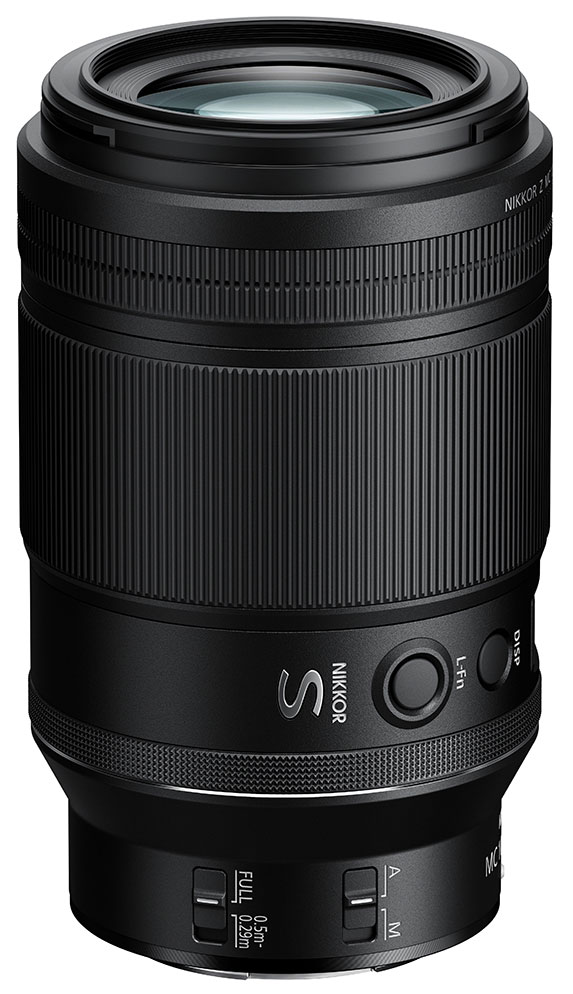
“The very closest pencil, the gray one—and even the turquoise one—with a normal lens you’d see the sharpest point, and where the wood meets the tip, and that jagged edge, but what you wouldn’t see is the detail in the tip itself; that’s what remarkable here.” Z 7II, NIKKOR Z MC 105mm f/2.8 VR S, 1/160 second, f/8, ISO Lo 1, manual exposure, Matrix metering.
A section of the pencil photo at 100 percent reveals more of what Joey saw on close examination: texture, grain, lines and discernible dimension where the tips and the wood meet. Remarkable indeed.
Actually though, Joey kinda knew something was up before he started photographing. First off, there was lineage. NIKKOR 105mm lenses are legendary as portrait lenses from manual-focus-era glass to the AF-S NIKKOR 105mm f/1.4E ED VR, as well as for the clarity and close-focusing capability of the AF-S VR Micro-NIKKOR 105mm f/2.8G IF-ED. Then there was the context of the Z system’s native lenses’ acclaimed edge-to-edge sharpness.
Confirmation that something special was going on came from Joey’s standard procedure of checking out all new lenses using a test he devised involving a silicon wafer. The perfectly flat board, with semiconductors providing minute details, offers the best lens test he can imagine. “It’s very easy for me to get the camera aligned and take a picture and immediately see how sharp the lens is,” he says, “and see also how well the camera resolves what the lens is seeing and forming on the sensor.” When he tested the 105mm Z micro on his Z 7II…well, that’s where “startling” came into the picture.
“I shoot everything RAW,” Joey explains, “and normally when I’m processing a RAW image I’m doing a little sharpening—this is just part of my normal workflow.” But not with photos taken with the 105mm Z micro. “That lens is so sharp, I turned the [post processing] software sharpening option off. The images are simply remarkable.”
“It’s an artist’s brush, only an inch or so across, with very fine bristles. I thought it was a good way to show the lens’s ability to differentiate between something as small as the bristles. There are three lights here to get it all: one from behind, one from the front on the edges of the bristles and one on the painted background.” Z 7II, NIKKOR Z MC 105mm f/2.8 VR S, 1/160 second, f/11, ISO 64, manual exposure, Matrix metering.
“Still in the kitchen, but this time you’re seeing a spray-faucet hose—the braided part carries the water, the spring part is the housing. The fun part is that the coils behind, out of focus in the background, are continuations of the spring coils you seen so sharply up front; a nice repetition of pattern. The point of focus is on the braided hose, with the foreground coils staying relatively sharp in the f/8 exposure.” Z 7II, NIKKOR Z MC 105mm f/2.8 VR S, 1/1000 second, f/8, ISO 320, manual exposure, Matrix metering.
I’ll be able to reveal aspects of subjects I didn’t want to tackle before this lens.
Joey uses a three-layer structure for his water-droplet images: droplets on glass; subjects on a second layer of glass; background below. “The subjects here are two trivets you might use in your kitchen to protect the counter. The sharpness of the 105mm Z micro accentuates the effect, and that effect relies on the fact that water droplets are essentially lenses magnifying what’s underneath. This was one of the first pictures I made with the 105mm, and its sharpness blew my mind.” Z 7II, NIKKOR Z MC 105mm f/2.8 VR S, 1/160 second, f/51, ISO 1000, manual exposure, Matrix metering.
We like to hear “remarkable” as well as “striking,” but we really wanted the details on the practical application of the accomplishment. How does all this potential apply? And we wondered if advanced capabilities—the “stunning” factor—challenges a photographer to seek new subjects.
“I think not so much subjects, but different interpretations of subjects,” Joey says. “I feel like I’ll be able to reveal aspects of subjects I didn’t want to tackle before this lens.”
For example? “Well, a number of things that are so finely detailed—feathers, butterfly wings, dandelions—things like that. You can interpret them, for sure, but the ability to show a viewer—with up to 1:1 reproduction—the true nature of the detail is now going to be entirely different from what it was before.” The subjects he mentions are ones he’s shot many times before, but he maintains that the 105mm Z micro will give him an entirely different view of them “because of its ability to resolve their details. So knowing how well the lens can record them, I’ll approach those subjects in a different way,” he says.
And in doing so, he’ll be able to show viewers of the images what it is about the subjects that fascinates and attracts him. “That’s exactly it,” he says. “I use a 10x Nikon jewelry loupe to look at a lot of things—like the detailed, most interesting parts of a butterfly wing—and I think, how would that look real close? Now, with the 105mm Z micro, whatever I see with that loupe, I can record with that lens.”
A 40-image focus stack: droplets on the first layer, a plastic sink-mat on the second, background on the bottom, with gelled lights adding tones to the layers. Joey’s focus range ran from the highest point of the largest droplet to the lowest point of the smallest. Z 7II, NIKKOR Z MC 105mm f/2.8 VR S, 1/160 second, f/16, ISO 125, manual exposure, Matrix metering.
The subject of this focus stack is a stainless steel drain cover. “I get some of my best ideas in Bed, Bath & Beyond. I go in, look around and for 20 bucks can come away with ten subjects.” Z 7II, NIKKOR Z MC 105mm f/2.8 VR S, 1/160 second, f/20, ISO 640, manual exposure, Matrix metering.
The Big Reveals
Which is exactly what he did when he began taking pictures with the new lens. A butterfly became an early detail-revealing subject, and he also revisited a favorite technique with a series of images of precisely-placed water droplets meeting up with common household items. Then he turned to a focus-shift study of a custom-made guitar.
The combination of focus shift and the 105mm Z micro made for a series of impressive images. Focus shift (shooting option in the Z 7II body) allowed Joey to take a series of images of his subject and create a focus stacked composite in which all areas of the subject are in sharp focus. The individual images were later composited using software programs—either Zerene Stacker or Helicon Focus, depending on the subject and how much control he wants over the process.
Given the 105mm focal length’s heritage, portraits played a part in Joey’s initial explorations of the capability and versatility of the 105mm Z micro as it captured incredible clarity at the point of focus, then made a smooth transition from sharpness to bokeh.
What Joey was doing essentially was testing out the practical performance of the lens by making precision, consistency and quality the subtext of the photos. Along the way he was, in our judgment, not only demonstrating the 105mm Z micro’s extraordinary capabilities, but also the perfect pairing of Z-system cameras and the lenses made for them.
Joey’s final comment to us: “Wait ‘til the word get out on how well this lens performs.”
A 12-image focus stack for the butterfly, which is on a sheet of glass over blue patterned paper. “I lit this and then blocked part of the light to create the shadows running through it to give it additional depth and interest.” Z 7II, NIKKOR Z MC 105mm f/2.8 VR S, 1/160 second, f/5.6, ISO 31, manual exposure, Matrix metering.
The Close-Takers Advantage
“So many things completely change when you put on a micro lens,” Joey Terrill says. “It opens up a world of possibilities and discoveries, and it means you can photograph morning, noon and night. Weather not favorable year-round where you live? Shoot on your dining room table.
“The first thing I consider for macro photography is the subject matter—which is just about anything you choose. You can go into your kitchen and grab things out of your drawers and go make pictures. The micro lens broadens your horizons.”
It also encourages you to look deeper. “Look below the surface for details, textures, contrasts, for what’s undiscovered only if you don’t explore. Then interpret what you find for others. Surprise ‘em, too.”
And maybe surprise yourself. “You’ll start to see everything differently, picture it differently and reveal it in different ways.”
A 67-image stack focus composite. Starting focus was along the line of the bridge adjustment screws; end focus was on the last tuning peg. Joey was able to position lights in several locations along the length of the guitar to bring out details, dimension and texture. At 100 percent you’ll see traces of string wear on the frets. Like we said, startling. Z 7II, NIKKOR Z MC 105mm f/2.8 VR S, 1/160 second, f/8, ISO 125, manual exposure, Matrix metering.
A section of the final focus stacked image, enlarged to 100 percent, reveals incredible detail of wear at the third and fourth frets in the capture of Joey’s custom-made guitar.


